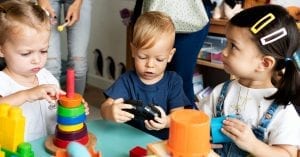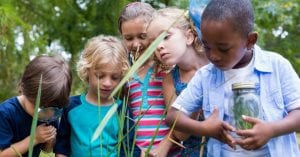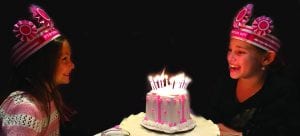It’s no secret this year has been unlike any other we’ve had. Social activities are limited, quarantine continues and no one is really sure what to expect. But we plan to help you every step of the way with up-to-date news and information, activities (both virtual and in person), and lots of family fun ideas for kids in Staten Island. Below you will find links to everything you need to know about post-pause parenting in Staten Island, New York.
What is open in New York?
- Low-risk, outdoor arts and entertainment—including zoos and botanical gardens at 33 percent capacity
- Indoor arts and entertainment, including museums and aquariums at 25 percent capacity (museums, cultural institutions, and aquariums can reopen in NYC at 25 percent occupancy with timed-ticketing beginning Aug. 24)
- Film and movie production
- Colleges, universities, and other higher education
- Professional sports without fans
- Indoor religious gatherings up to 33 percent capacity
- Social gatherings of up to 50 people
Indoor dining (including bars), movie theaters, and malls, are still on pause in New York City.
Many popular New York City attractions are beginning to reopen, including the High Line, the Top of the Rock, the GIANT Room, the 9/11 Memorial, the Staten Island Zoo, the Bronx Zoo, and more. You can also go…
- mini golfing
- hiking
- berry picking
- camping
- fishing
- zip lining
- horseback riding
- bowling
- to amusement parks
- to the beach
- to the pool
- to the playground
- to play tennis
- to water parks
- to a drive-in movie
- to rent a boat
- to the zoo, a nature center, or botanical garden
- on an NYC boat tour
- on a day trip
RELATED: Here’s What the 2020-2021 NYC Public School Year Will Look Like
Wanna read more stuff like this? Get our newsletters packed with ideas, events, and information for parents in Staten Island.
Here’s how to stay safe while having fun with your family in Staten Island, New York:
What Staten Island beaches are open and how do I stay safe when I visit them?
- Beaches opened on July 1. Here’s a list of beaches you can visit in Staten Island this summer.
What Staten Island playgrounds are open and how do I stay safe when I visit them?
- Playgrounds opened with Phase 2 on June 22. Here’s how to safely visit parks and playgrounds in Staten Island.
How do I swim in a backyard pool safely during coronavirus?
- If you’re trying to decide if you want to allow your kids in the neighbor’s pool this summer like usual, review these safety tips and the answers to some important questions about pool safety during coronavirus.
Can I ride public transportation?
- While the best way to stay safe is to avoid subways, buses, and trains as much as possible, here are safety precautions you can take to prevent the spread of coronavirus if you need to ride NYC public transportation.





